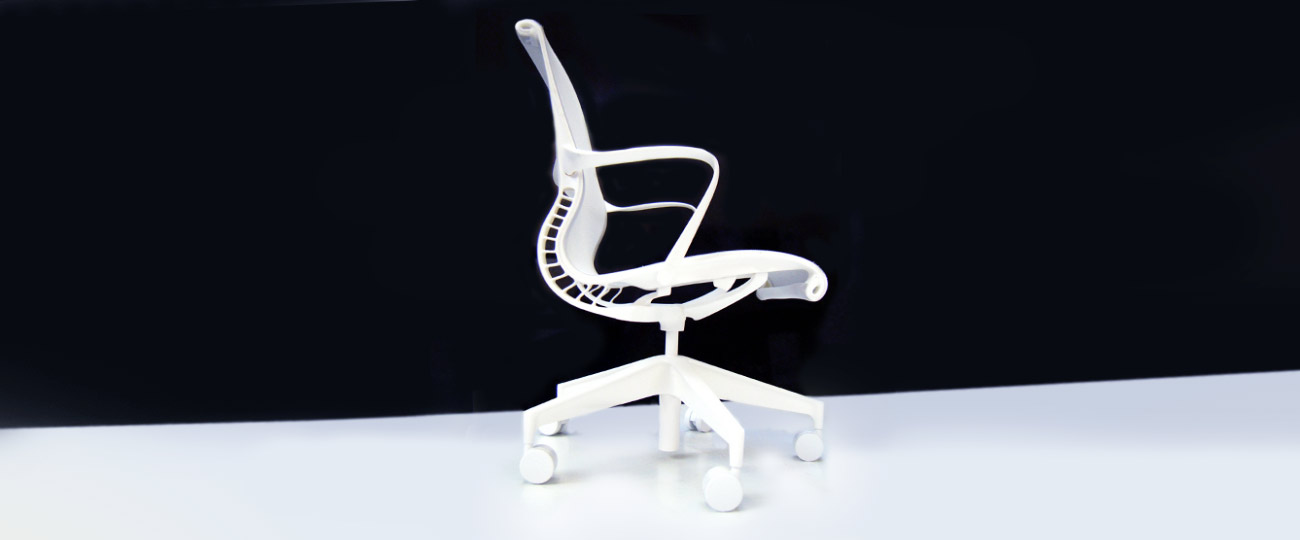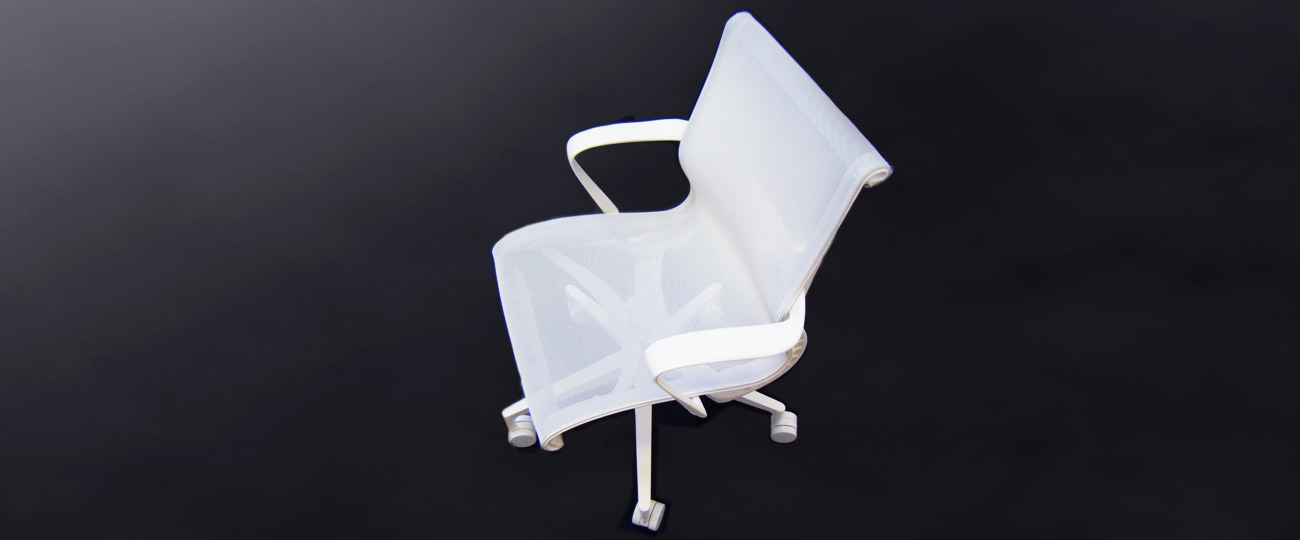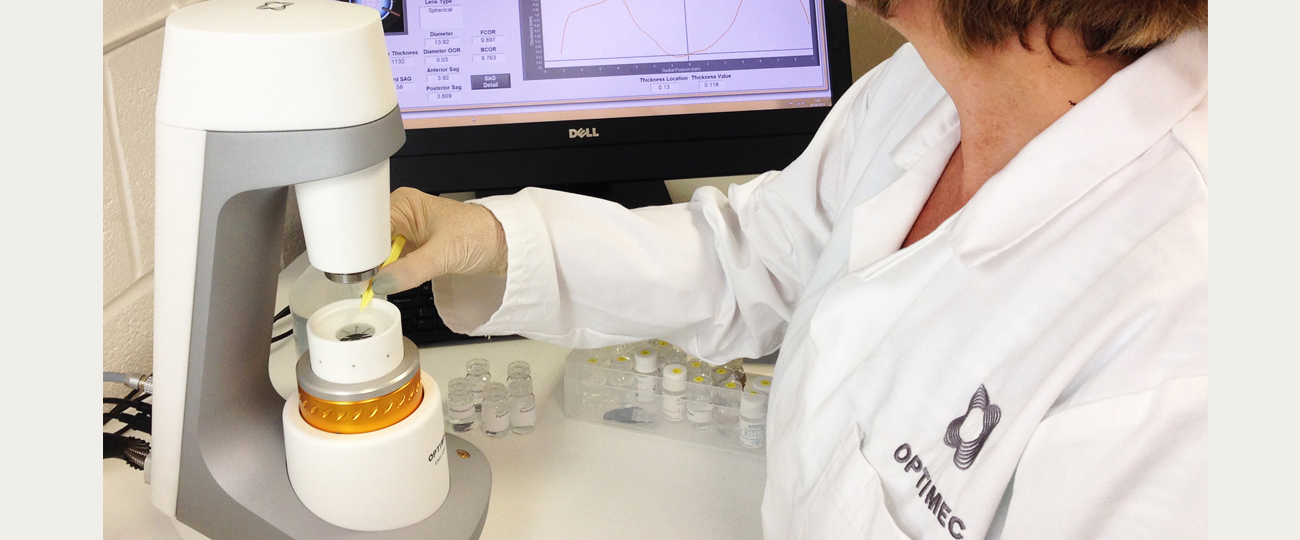We used additive manufacture (also known colloquially as 3D printing) as the starting point in creating these scale reference models for leading furniture designers and manufacturers Herman Miller. The process allowed us to create a ‘kit’ of parts from the digital CAD we were supplied with. These parts were then cleaned up and finished by hand, and carefully prepared for tooling and vacuum casting.
Parts created by additive manufacture are best regarded as being pure shapes. Once a component has been printed, it needs to be meticulously cleaned by hand and spray-finished to an appropriate level, whether pure gloss or heavily sparked. For look-and-feel models with no functionality, or for fine details on an architectural model, this is the end of the process. Models which require a greater level of durability, or those which will be used in real-world conditional testing, will need to be taken to the next stage and vacuum cast. The shape is enclosed in liquid silicon, and the negative it leaves once the silicon sets is used to cast a set of copies as the finished component. These processes take place within a vacuum chamber to minimize air bubbles in the casts.
Once cast in resin and sprayed to a matt white finish, our model makers used super-fine aluminium mesh shipped in from Sweden to complete the seat detail of the models. Once finished, they were used as scale references within a layout model of an office system being designed by Herman Miller. Each chair rotates 360 degrees and has custom working castors, and 8 of the full size versions can be enjoyed in Amalgam’s new meeting room.
Additive manufacture as a stage in a process
This wider process of prototyping, incorporating additive manufacture as a stage within it, allows us to recreate almost any shape with a range of material properties, from soft elastomers to durable resins. It is particularly useful when creating components with soft ergonomic or tactile elements, where the hardness of rubber elements can be quantified. It is also useful for functional working prototypes, where some elements may need to bend or flex to a certain degree. Since the process involves the creation of a mould, multiple variants can be cast with a range of material properties for testing and evaluation.
Additive manufacture and 3D printing are fantastic processes, especially for generating complex or compound tolerance shapes that would take weeks (or be impossible to reproduce) by hand. Since the arrival of our first 3D printer many years ago, additive manufacture has been used in a broad range of projects, including some of our exhibition projects and many architectural models. It has been useful in creating details such as fine Georgian cornice and 1:1000 scale warehouse roofs.






